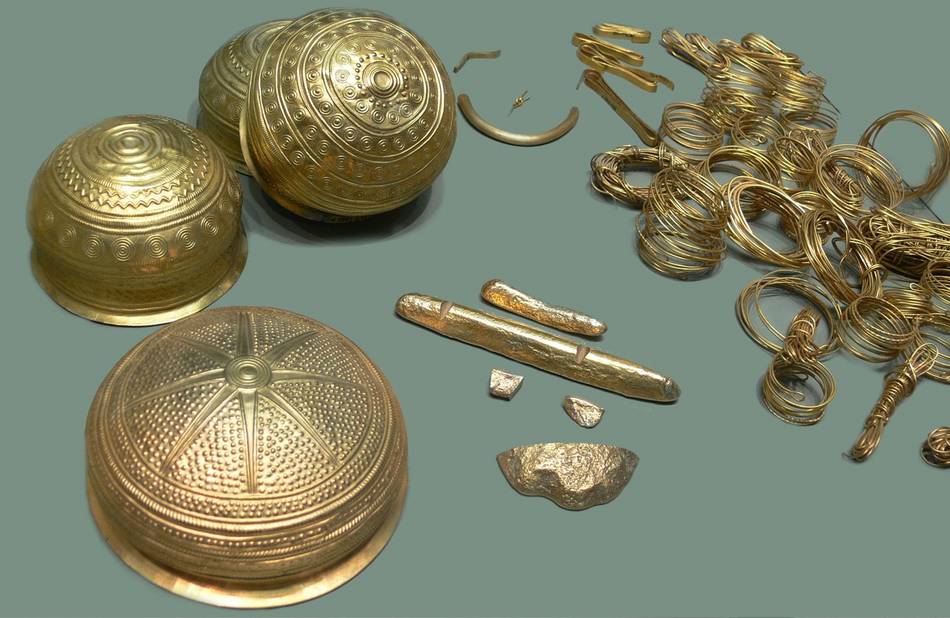Excavating for Germania
Archaeology under National Socialism - Exhibition at the Focke-Museum Bremen

With this new exhibition, the Focke Museum examined the special relationship between archaeology and politics, and in particular, their mutual influence on one another during the years of National Socialism. As soon as World War II began, German archaeologists followed at the heels of the invading German army, setting up excavations sites throughout the newly conquered lands. Based on their archaeological finds, they hoped to discover evidence of a Neolithic Germanic high culture which would legitimize the German claim on neighbouring territories.
The exhibition showed how the idea of a blossoming Germanic culture, stylized as the origin of Occidental culture as a whole, continues to have an effect today. It illustrated the rudimentary study of this subject following the war and portrayed how the images produced during the war years have been interpreted by right extremists and esoterically oriented groups. This comprehensive exhibition, which included an accompanying publication, presented the archaeological finds of the Nazi years and depicted how ideologically-shaped attitudes about Germania were conveyed in school, everyday life and media-driven propaganda.
Artistic director: Frauke von der Haar; Scientific directors: Uta Halle, Dirk Mahsarski; Project director: Karin Walter
Contact
Focke Museum – Bremer Landesmuseum für Kunst und Kulturgeschichte
Schwachhauser Heerstraße 240
28213 Bremen
